Rufous hummingbird, Salt Spring Island, British Columbia, Canada
© Dave Hutchison Photography/Getty Image
Nectar stopover. Rufous hummingbird
Blink, and you miss them. Rufous hummingbirds don't just fly—they dart, hover and zip through gardens like tiny, feathered rockets. They migrate thousands of kilometres from Mexico to the Pacific Northwest, making one of the longest migratory journeys relative to body size. The males arrive first, flashing their signature coppery-orange feathers to claim territory. They perform dramatic aerial dives to impress potential mates, reaching speeds of nearly 80 kilometres per hour. With wings beating up to 42 to 62 times per second based on gender, they burn energy fast, making frequent pit stops at flowers and feeders to fuel up. Once the display is over, the female gets to work, building a soft, camouflaged nest in trees or shrubs, where she raises the tiny chicks on her own.
Rufous hummingbirds' diet consists mainly of nectar from flowers like honeysuckle and salmonberry, supplemented with small insects. If you want to attract them to your garden, native flowers or a well-maintained nectar feeder will do the trick. Just be prepared—once a rufous hummingbird claims a spot, it won't give it up without a fight as these feisty birds aggressively defend their feeding territory, chasing away rivals.
Related Images
Bing Today Images


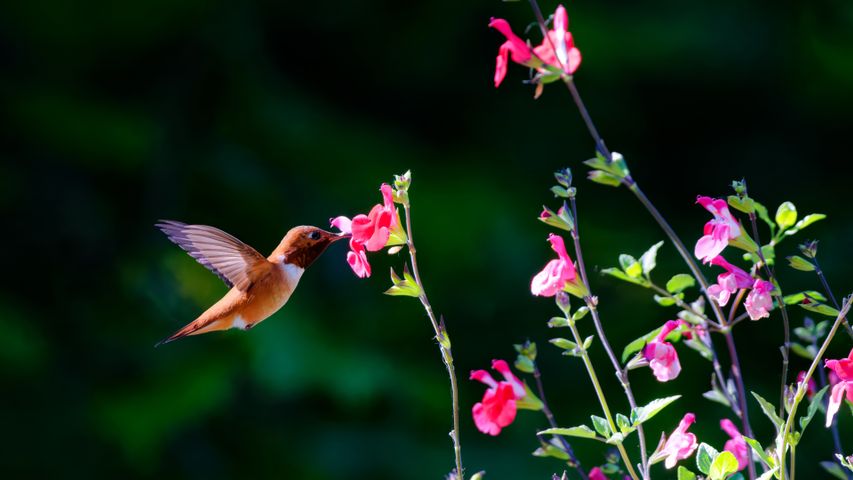
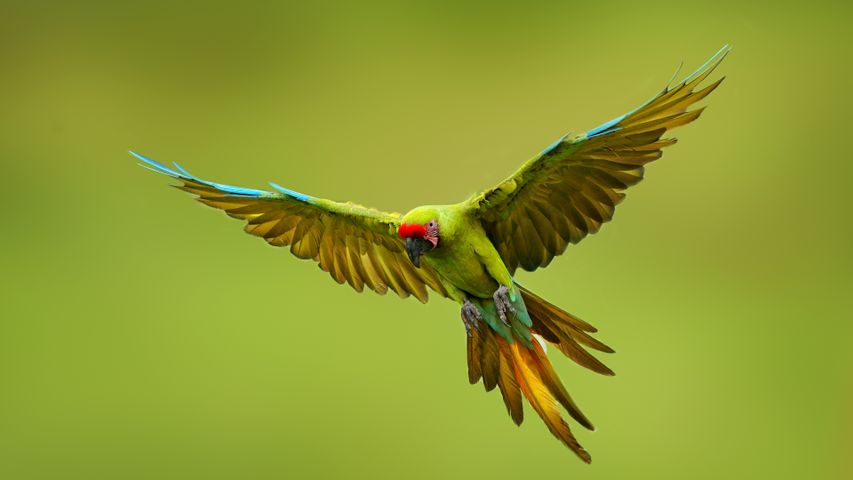 Great green macaw, Mexico
Great green macaw, Mexico
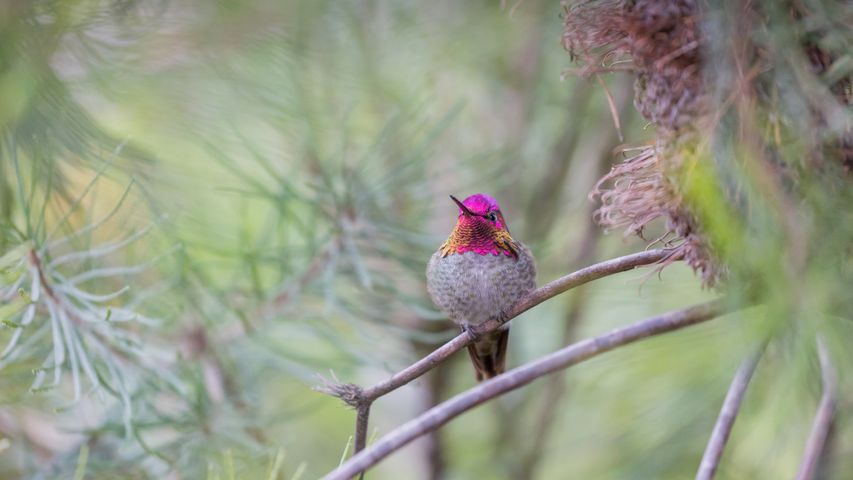 Anna's hummingbird, Santa Cruz, California, USA
Anna's hummingbird, Santa Cruz, California, USA
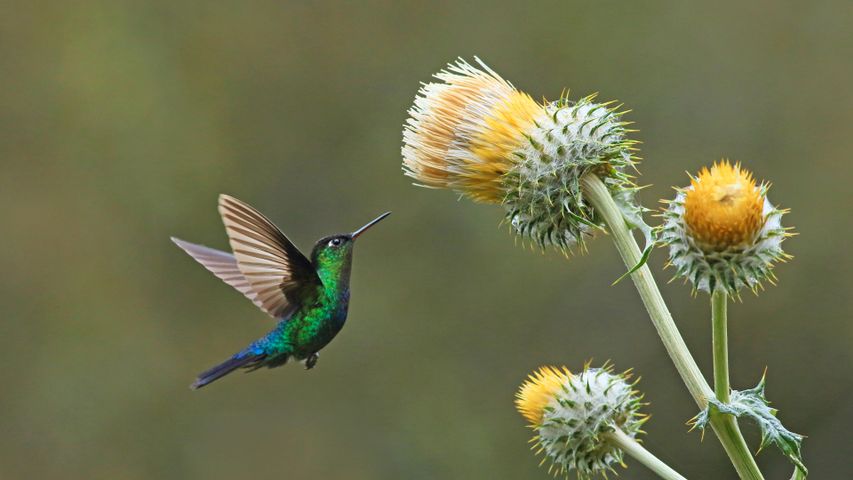 Green-crowned brilliant hummingbird with giant thistle, Cerro de la Muerte, Costa Rica
Green-crowned brilliant hummingbird with giant thistle, Cerro de la Muerte, Costa Rica
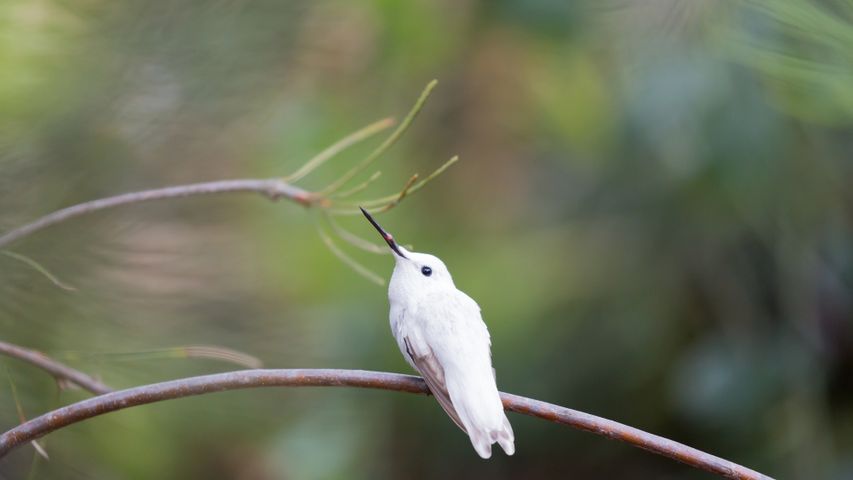 Leucistic Anna's hummingbird in the Australia Garden, UCSC Arboretum, Santa Cruz, California
Leucistic Anna's hummingbird in the Australia Garden, UCSC Arboretum, Santa Cruz, California
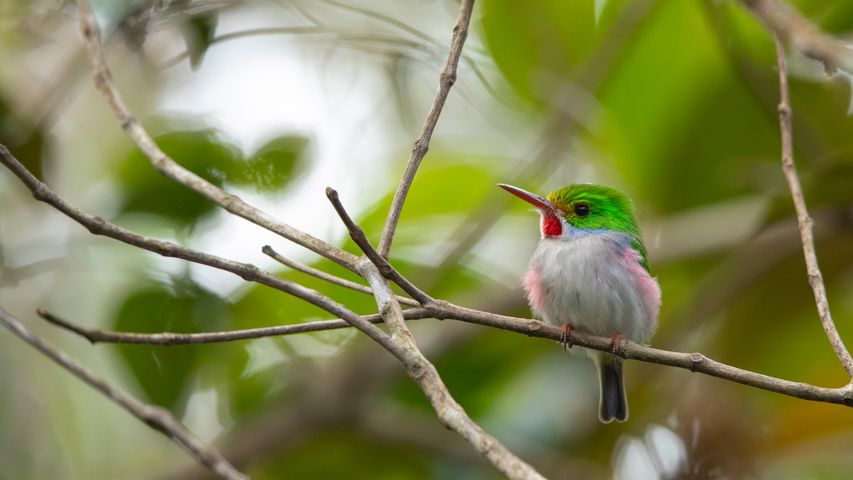 Cuban tody, Alejandro de Humboldt National Park, Cuba
Cuban tody, Alejandro de Humboldt National Park, Cuba
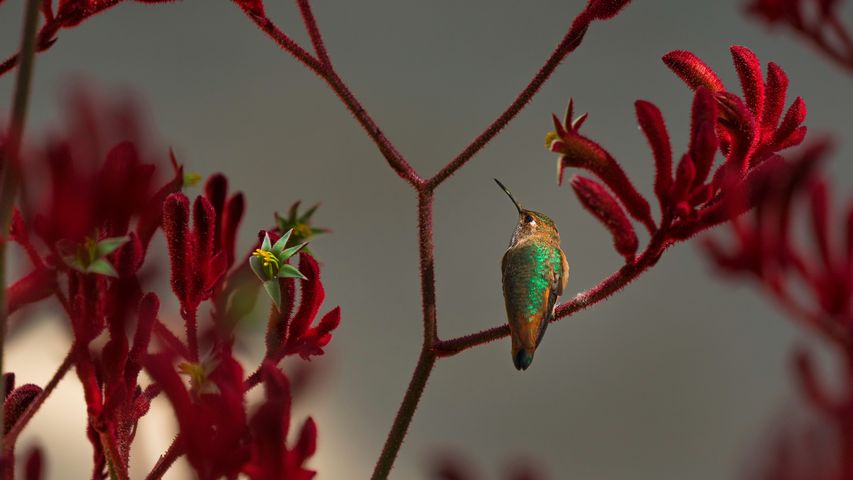 Allen's hummingbird perched on a red kangaroo paw plant
Allen's hummingbird perched on a red kangaroo paw plant
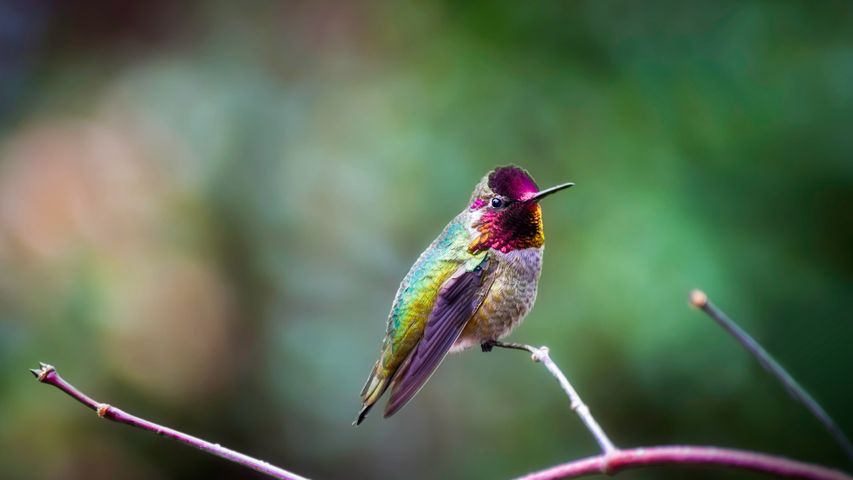 Anna's hummingbird
Anna's hummingbird
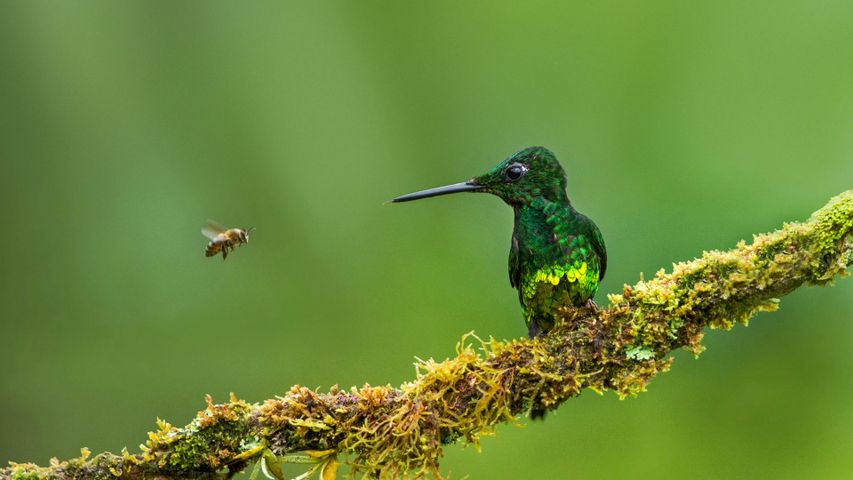 Empress brilliant hummingbird and a bee in Colombia
Empress brilliant hummingbird and a bee in Colombia



